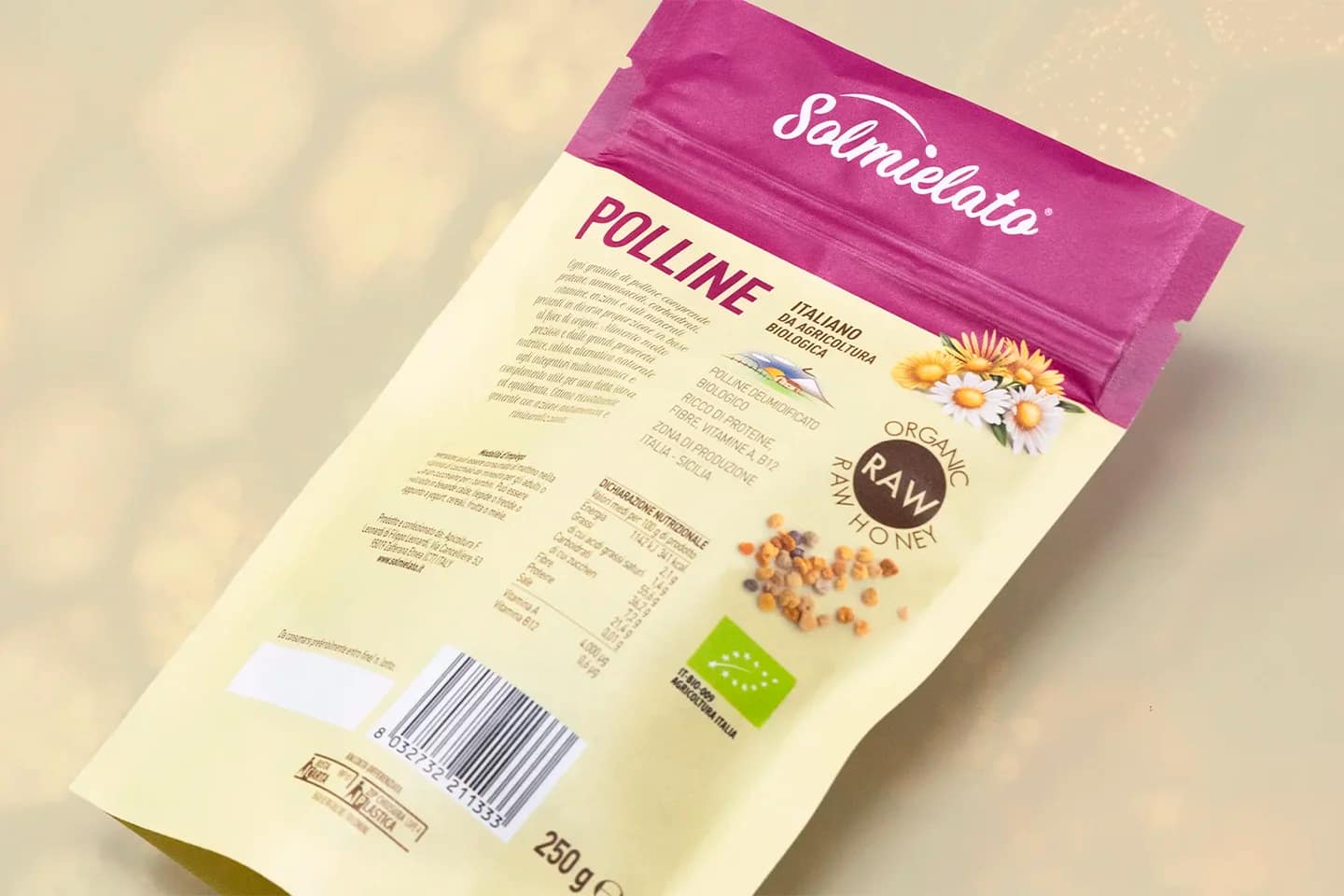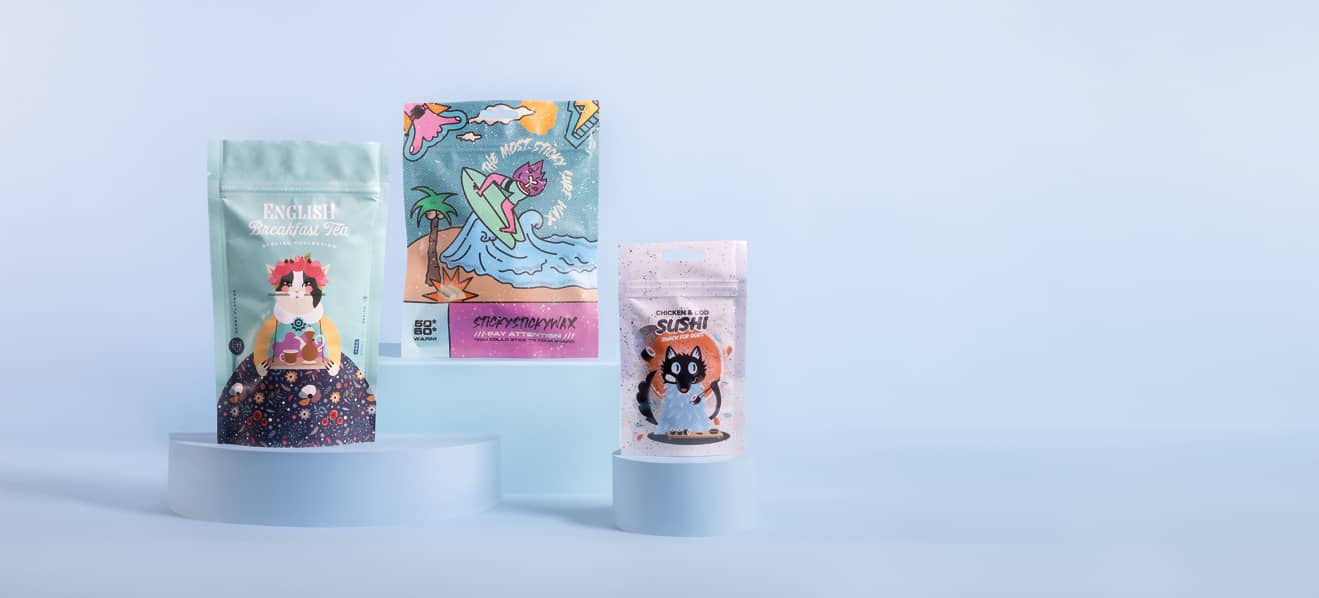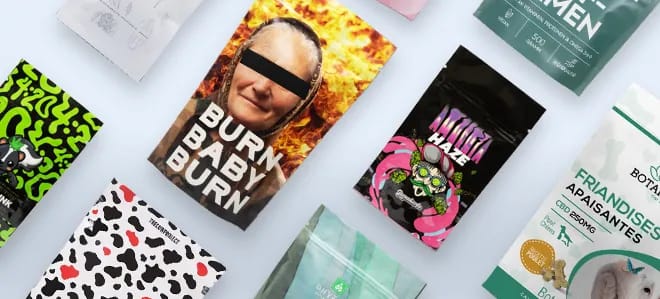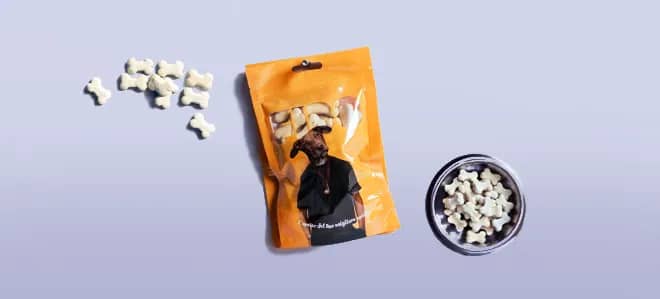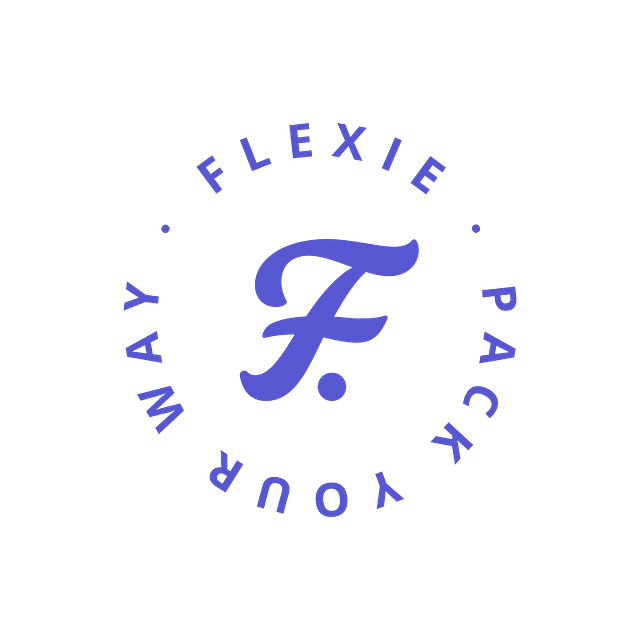Organic is not just a consumer choice—it’s a true lifestyle based on quality, sustainability, and respect for nature. More and more people are choosing organic products because they guarantee cultivation methods free from chemical pesticides, GMOs, and synthetic fertilizers, all backed by official certifications that ensure reliability.
Among the most popular organic products we find:
- Organic cereals and legumes: rice, spelt, quinoa, lentils, chickpeas;
- Seeds and nuts: chia, flax, hemp, walnuts, almonds;
- Herbs and teas: certified organic herbal blends and infusions;
- Flours, bakery goods, and prepared foods: made from certified organic raw materials;
- Functional foods and natural supplements: powders, extracts, and organic blends.
These categories represent the beating heart of the organic market, which continues to grow thanks to consumers increasingly focused on wellness, transparency, and authenticity. In this context, bio packaging becomes a key ambassador of brand values: it tells the product’s story, inspires trust, and reinforces the consistency between the product and the company’s identity.
The “bio-oriented” consumer experience
Millennials and Gen Z are the driving force behind the growth of organic products. They don’t just want to know that food is “healthy”—they demand guarantees on origin, certifications, and sustainability. They’re also willing to pay a premium price when backed by real data, not just marketing promises.
In Italy and across Europe, the word biologico has a very precise, certified meaning: it can only be used for foods that meet strict regulations on pesticides, GMOs, fertilizers, and sustainable farming practices, and that display the official EU organic logo. The term organic in English-speaking countries is equivalent to biologico, associated with recognized certifications such as USDA Organic in the United States.
Digital bio packaging: guiding the conscious consumer
Today’s competitive organic market demands new communication strategies. Consumers increasingly use apps and digital tools to verify product traceability.
That’s why integrating QR codes, interactive product sheets, and digital passports into bio packaging is an effective solution. This approach creates a direct channel between brand and customer, offering details on nutritional values, eco and organic certifications, and supply chain transparency. Connected bio packaging becomes a powerful ally to strengthen brand identity and build authentic trust.
Storytelling through bio packaging
In the world of organic and superfoods, where competition is fierce, sustainable bio packaging with premium design is a decisive factor to attract and retain customers. Balanced colors, natural materials, and functional formats guide consumer choices both in stores and online.
The key lies in turning flexible bio packaging into a relationship tool: a medium that communicates values, authenticity, and brand consistency.
Choose an aesthetic that reflects the natural essence of your product.
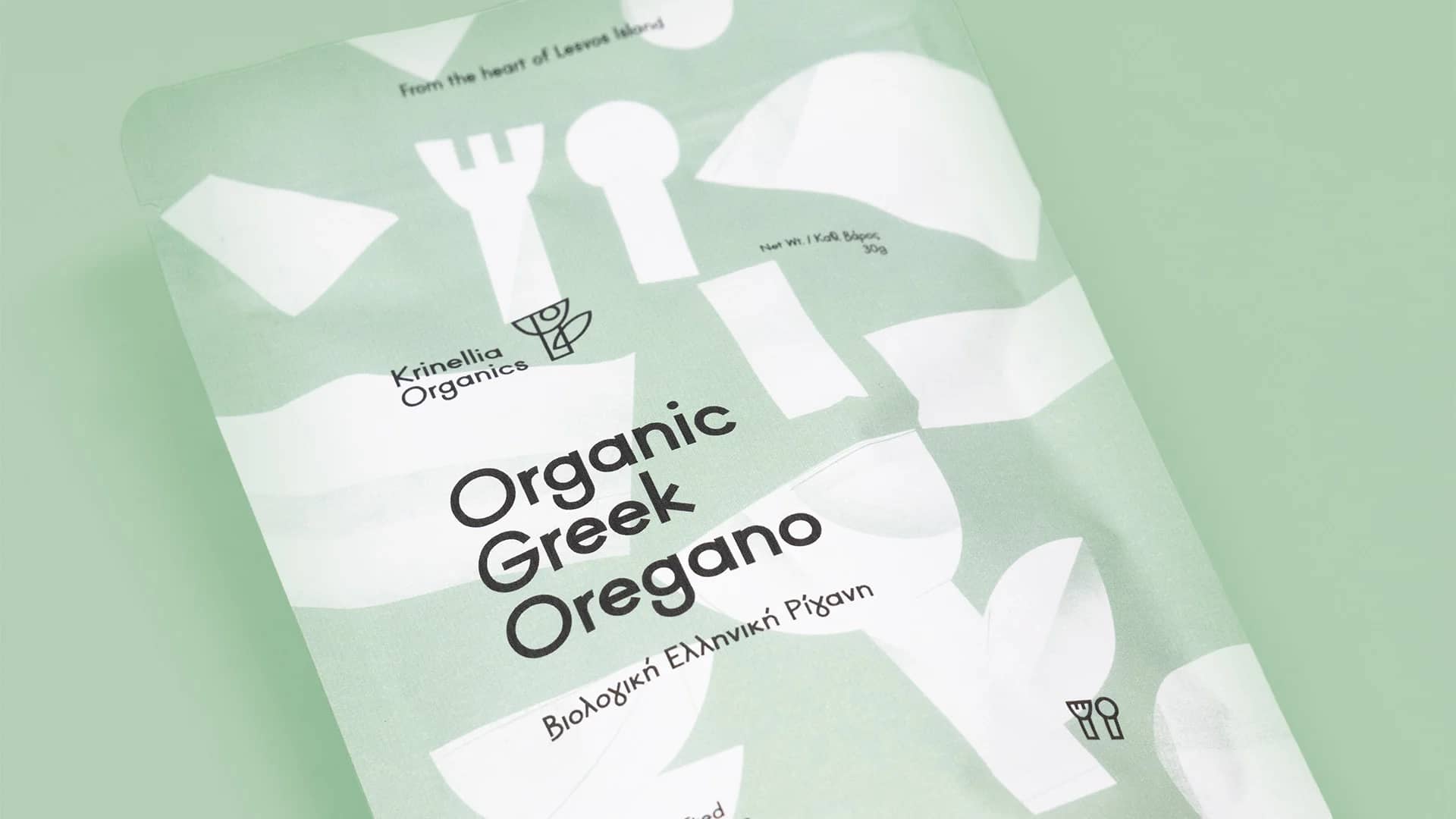
Case studies of brands using bio packaging
Krinellia Organics – Greece
A Greek farm cultivating aromatic plants according to slow business principles. Their herbal tea bio packaging designed with Flexie reflects authenticity: stylized illustrations, pastel palettes, and a raw paper finish that evokes the pristine Mediterranean atmosphere of Lesvos island.
Mindology – France
A French wellness brand offering organic supplements and teas. With Flexie, they created colorful doypacks featuring recyclable Aticelca-certified paper. The design highlights certifications such as:
- AB – Agriculture Biologique, ensuring at least 95% organic ingredients.
- Ecocert, an international certification body for natural foods and cosmetics.
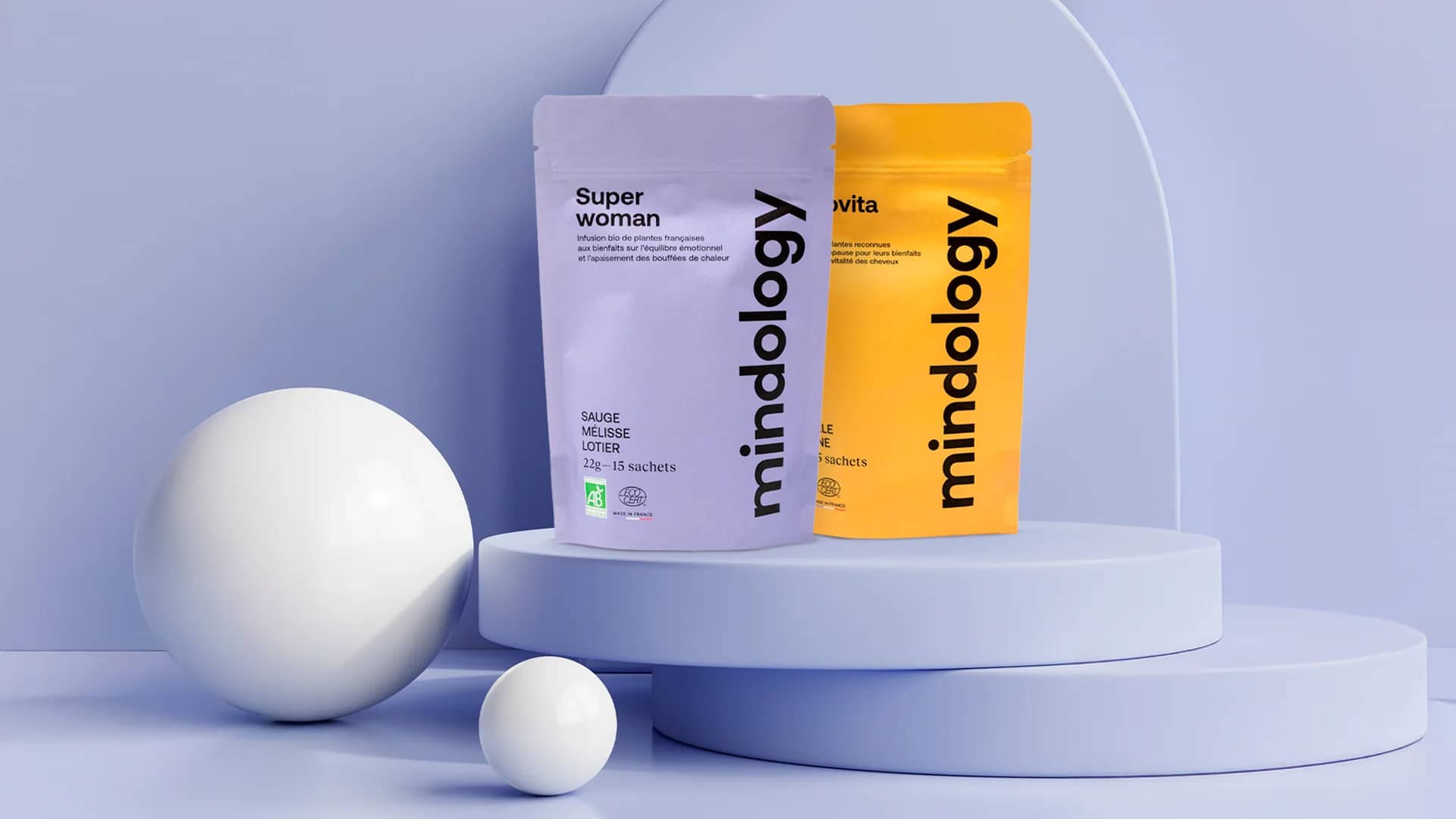
Flexible bio packaging: efficiency meets sustainability
Upgrade from a neutral pack with labels to a customized flexible pouch.
For small and medium businesses, traditional rigid packaging often means high order minimums, long production times, and high costs. Neutral packs with adhesive labels are a common workaround—but they increase expenses and reduce design impact.
Flexible bio packaging offers a smarter solution: lower environmental footprint, optimized production, superior food preservation, and a more attractive design.
Examples include:
-
- Kodama – France: Organic tea brand using recyclable paper doypacks with digital printing.
- Solmielato – Italy: Beekeeping company packaging organic pollen in flexible doypacks for better visibility of certifications.
- NaturVeg – Italy: Vegan food company shifting from rigid plastic to customized flexible bio packaging, cutting costs and emissions.
- Kodama – France: Organic tea brand using recyclable paper doypacks with digital printing.
Bio packaging for baby food: safety, practicality, and design
The European organic baby food market is projected to grow from USD 1.04 billion in 2025 to USD 1.64 billion in 2030. Parents demand packaging that is safe, sustainable, and practical, while children are drawn to fun, colorful designs.
Flexible bio packaging is the ideal solution: lightweight, resealable, and easy to use, ensuring safety and reducing waste.
OPI Frutta – Italy chose Flexie for its freeze-dried organic fruit snacks: colorful designs for each flavor, recyclable food-safe materials, and freshness-saving zippers.
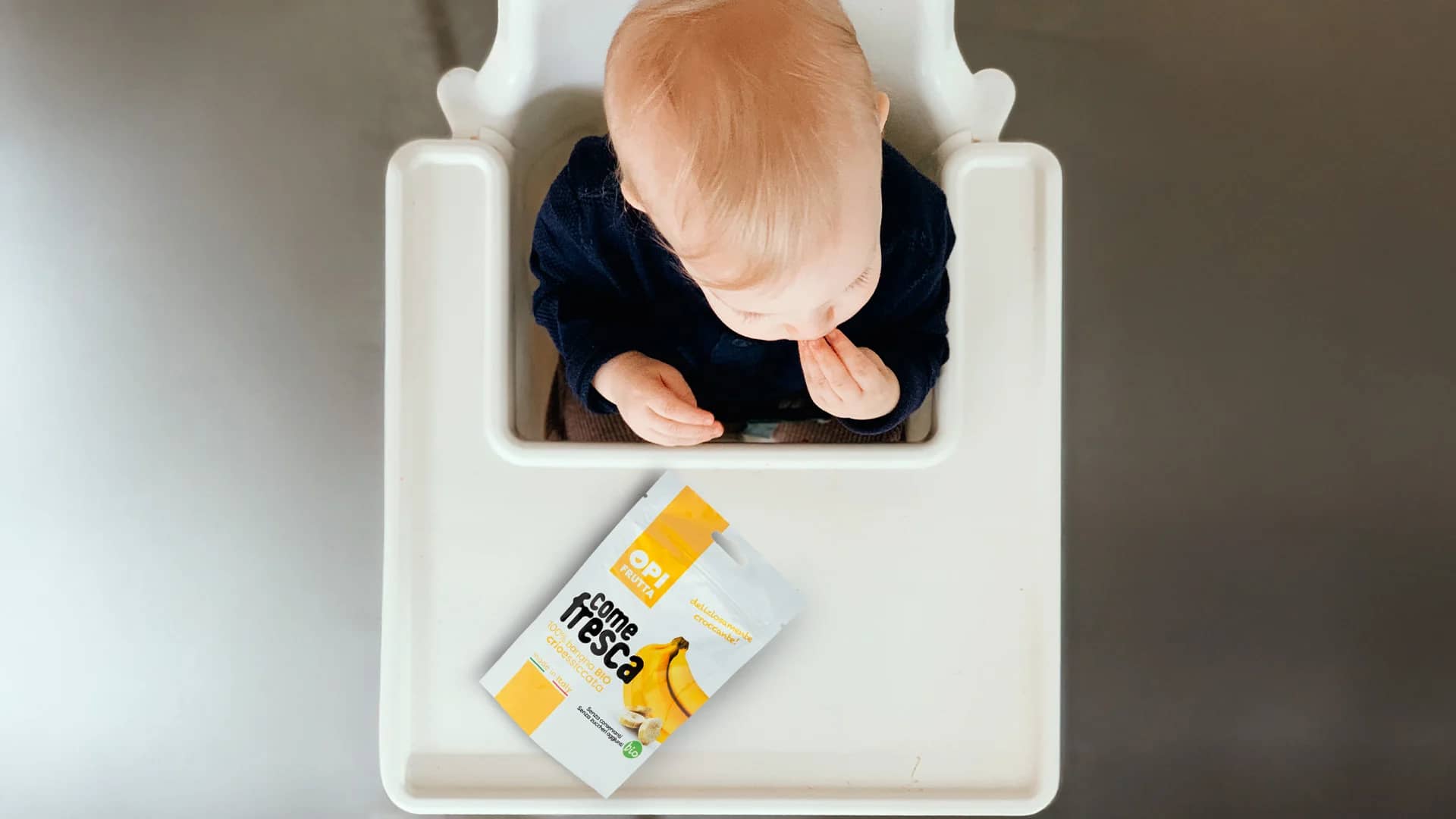
Turn your bio packaging into a growth tool
Bio packaging is not just a container—it’s a strategic communication tool. It conveys production choices, sustainability commitments, and brand values. By adopting flexible, sustainable, and digitally enhanced packaging, brands can stand out, build consumer trust, and foster long-term loyalty.
Transform your packaging into a strategic ally to grow your organic brand.

